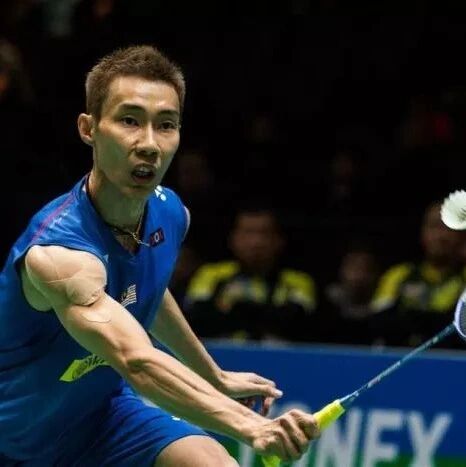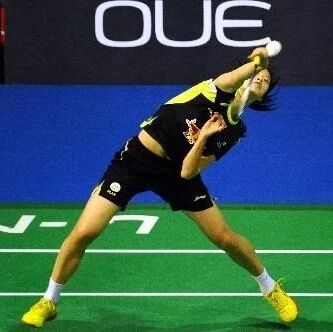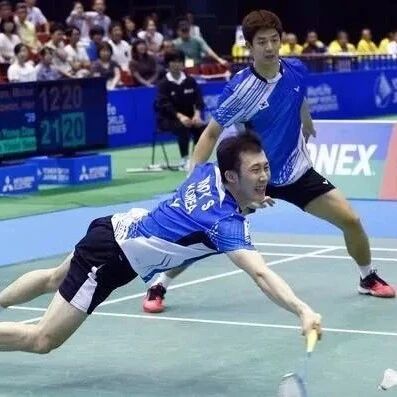What’s better to watch when receiving a badminton serve—people or the shuttlecock?
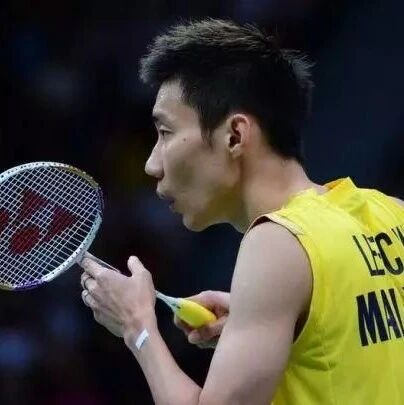

Many badminton players wonder: when receiving the serve, where exactly should your eyes focus—on your opponent’s eyes, their hands, their racket, or perhaps the shuttlecock itself?
Let's hear what the coach has to say first.
Coach Lee Jae-bok: Playing badminton well requires the right attitude. Stay focused and approach every shot with full seriousness.
Coach Xiong Guobao: Receiving serves should be like a hungry tiger pouncing on its prey—alert and fiercely focused.
It means that when playing badminton, you need to keep your eyes fixed on the shuttlecock—in-hand, whether it’s your own serve or your opponent’s shot. Pay close attention to anticipating both the landing point and the power of the incoming shuttlecock, and promptly adjust your positioning and prepare for a timely return. Only then can you maximize your efficiency and play more effectively.
So, when receiving the serve, you should watch the ball.
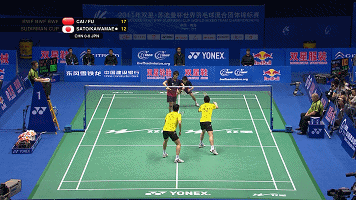
Precautions for receiving the serve:
1. The player holding the racket should grip it loosely, naturally bend the elbow, and raise the racket forward—up to chest level or higher—to facilitate a quick reaction when receiving the ball.
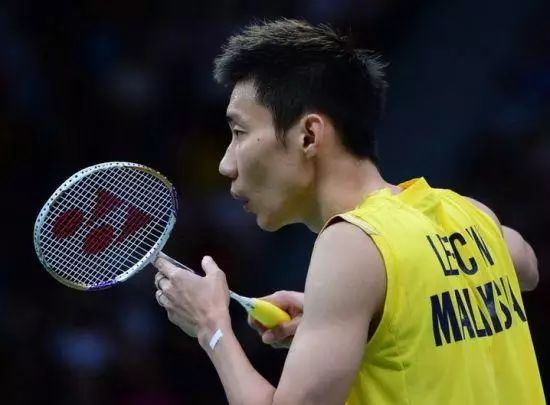
2. When receiving or serving, remember to stay fully focused! Approach it like a cheetah stalking its prey—carefully observe every move your opponent makes, anticipate their serve, and react swiftly to take control of the situation.
Guys, when you're returning serves, where are your eyes looking?
What are the key points for receiving serves in singles and doubles?
1. Singles Serve Receive
In badminton singles, returning the serve typically involves hitting a high clear, a flat high shot, or a soft drop shot near the net. Scoring directly on the serve return in singles is extremely challenging—most players focus instead on simply transitioning play.
However, in singles play, the return of serve requires constantly varying the trajectory—sometimes pushing deep to the backcourt, and other times using a feint to drop the ball short at the net (while maintaining consistency with the motion used for lifting the ball to the backcourt). This unpredictable approach keeps the opponent off-balance, creating an offensive advantage for the second and third shots.
2. Doubles Serve Receive
In doubles, receiving the serve is all about launching an aggressive attack. Typically, the receiver in doubles aims to take the initiative—either by rushing in with a decisive net shot or by executing a high-quality drop shot that forces the opponent to lift the ball high, giving your backcourt player the chance to strike an offensive shot.
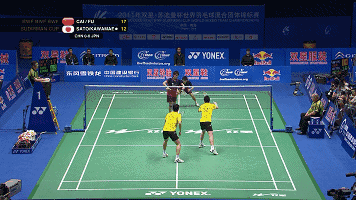
Positioning for receiving the serve:Take the forehand grip as an example. When receiving the serve, the player should position themselves with the left foot forward and the right foot back, standing slightly closer to the backhand side of the center line within their own service box. This stance optimizes both lateral and forward/backward movement speed.
More article recommendations:
How to increase ball speed without hitting out of bounds—check out these tips!
To excel in doubles, here are the 6 qualities you must possess.
Badminton netting technique GIF demonstration—helping you easily win points on the court!
